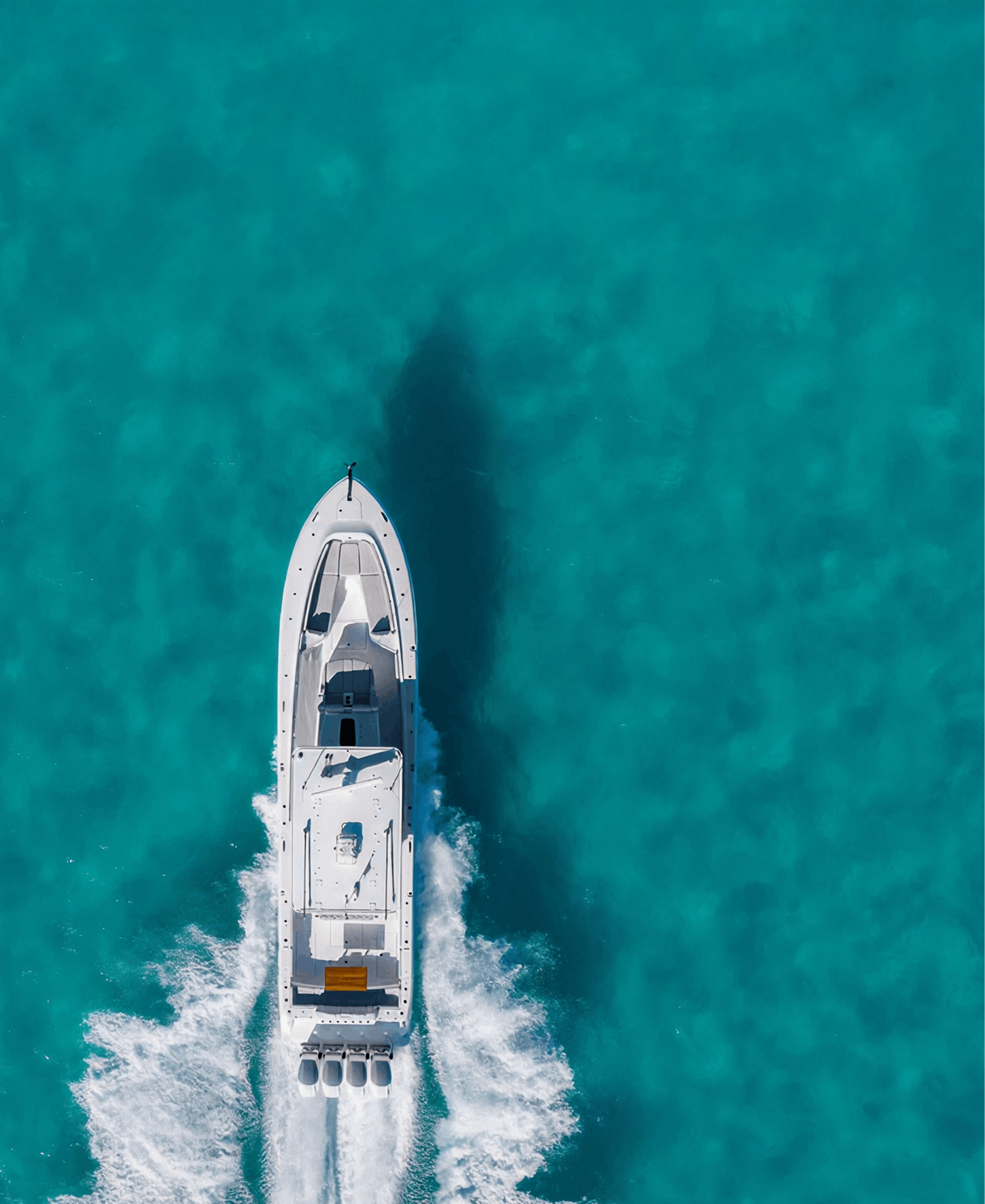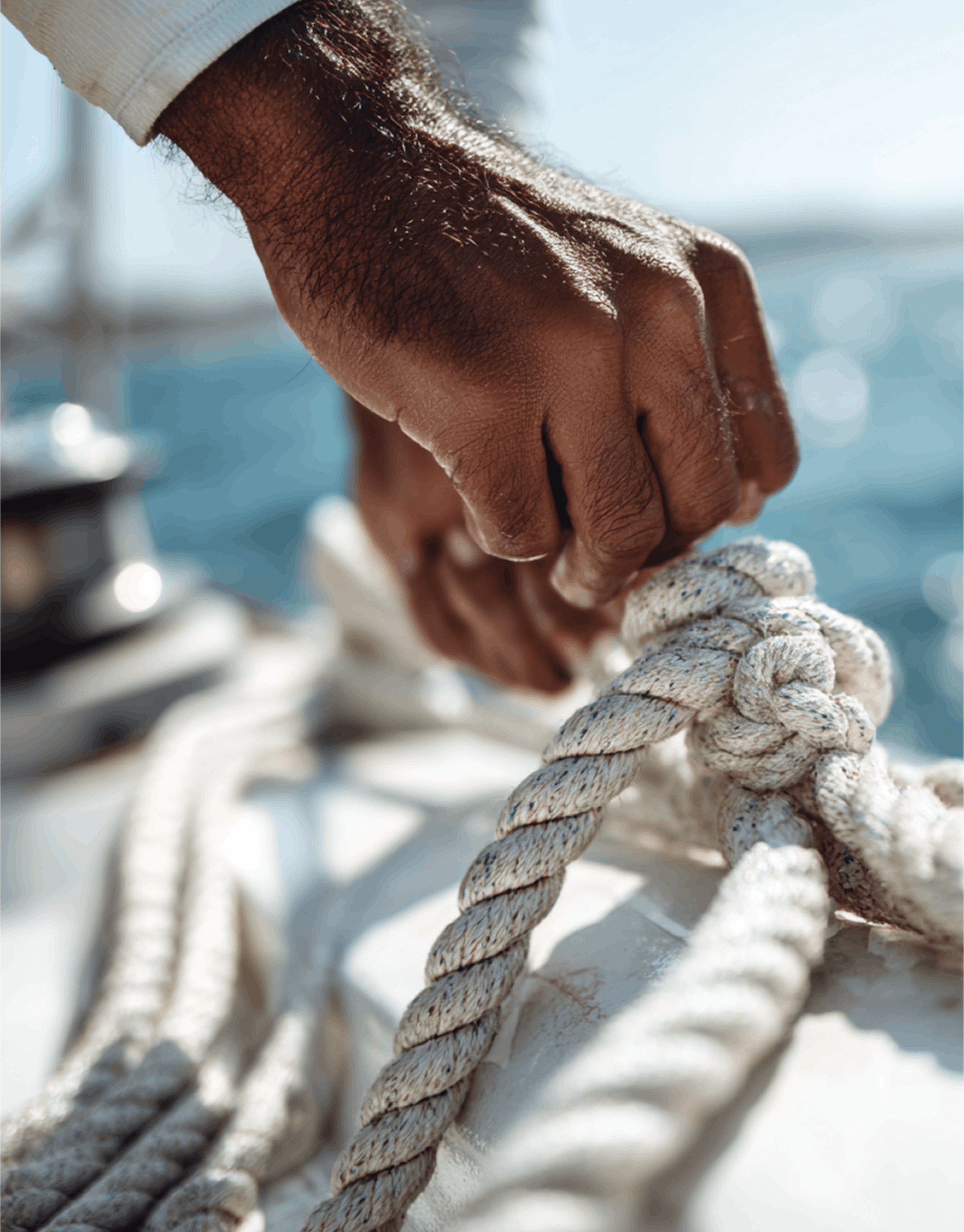
All About Aquatic Invasive Species
Water is one of our most valuable natural resources. Lakes, rivers, wetlands, and oceans are not only beautiful, but they also support many different forms of life. Fish, plants, insects, and other organisms depend on each other to survive. When that balance is disturbed, it can create serious problems. One of the biggest threats to healthy waterways today is the spread of aquatic invasive species. These are non-native plants, animals, or other organisms that enter a water system and begin to take over. They can harm native wildlife, damage equipment, hurt local economies, and even change the way ecosystems work.
What Is an Invasive Species?
An invasive species is any living thing that is brought into a new environment where it doesn't naturally belong. Once introduced, it may spread quickly because there are no natural predators or competitors to keep it in check. Aquatic invasive species are those that live in or around water. They include things like the zebra mussel, water hyacinth, hydrilla, and Asian carp. Some are microscopic and can't be seen with the naked eye, while others are large and easy to spot. Many invasives arrive accidentally, such as through ballast water from ships, on the hull of a boat, or stuck to fishing gear and clothing. Others are introduced on purpose, sometimes by people who don't realize the damage they can cause.
- Yale Experts Explain Invasive Species
- Frequently Asked Questions About Invasive Species
- Native, Non-Native, and Invasive Species: What's the Difference?
The Impacts of Aquatic Invasive Species
Aquatic invasive species can have serious effects on both the environment and human activities. One major problem is that they often outcompete native species for food and space. For example, zebra mussels attach to nearly any surface and filter out large amounts of plankton from the water, leaving less food for native fish and insects. Some invasive plants grow so fast and thick that they block sunlight from reaching underwater habitats, which can kill off important native plants and disrupt fish breeding areas.
These species can also damage infrastructure. Mussels and other small organisms can clog pipes, water intake systems, and power plants. Invasive plants can tangle boat propellers and make it difficult for people to swim, fish, or enjoy other recreational activities. In some cases, they can even hurt local economies by driving away tourism or making commercial fishing harder. The total cost of managing aquatic invasive species in the United States is estimated to be in the billions of dollars each year.
- Five Marine Invasive Species You Should Know
- What Are Aquatic Invasive Species?
- Effects of Invasive Species on Water Quality in Freshwater Ecosystems
- Learning About Aquatic Invasive Species
- Aquatic Invasive Species: Protecting Our Waterways From Silent Invaders
Clean, Drain, Dry
Stopping the spread of aquatic invasive species starts with simple actions. One of the most important things that boaters can do is follow the "Clean, Drain, Dry" method every time they leave a body of water. Start with cleaning, which involves removing all visible plants, animals, mud, or debris from boats, trailers, fishing gear, and any other equipment. This prevents invasive species from hitching a ride on your yacht to another location.
Draining is about getting rid of any water that may be holding tiny organisms. This includes live wells, bait buckets, motors, and bilges. Even a small amount of water can carry invasive larvae or seeds. After cleaning and draining, everything should be dried thoroughly. Most species can only survive for a few days out of water, so allowing your gear and equipment to dry completely can help kill any that might still be present. If drying isn't possible, using a towel to wipe everything down is a good alternative.
- How Boaters Can Prevent the Spread of Invasive Species
- Paddle Responsibly: Clean, Drain, Dry
- Check, Clean, Drain, Dry, Disinfect
- Preventing Invasive Species: Cleaning Watercraft and Equipment
Other Ways You Can Help Protect the Water
Besides cleaning your gear, there are other important ways to help protect water from invasive species. One key step is to never release animals or plants into the wild. This includes aquarium pets, water garden plants, and live bait. Even if you think they won't survive, some species can find a way to adapt and cause problems. If you have leftover bait, throw it in the trash instead of dumping it into the water.
It also helps to stay informed and report any unusual or new species you see while fishing, boating, or exploring. Many states have hotlines or websites where you can report sightings of invasive species. Local environmental agencies often rely on public reports to track and manage the spread of these organisms. You can also volunteer for cleanup events or help teach others about how to protect lakes and rivers.
The fight against aquatic invasive species is ongoing, and everyone has a part to play. By taking a few simple steps and sharing what you learn, you can help keep our waterways clean, safe, and healthy for future generations to enjoy on their boats.


